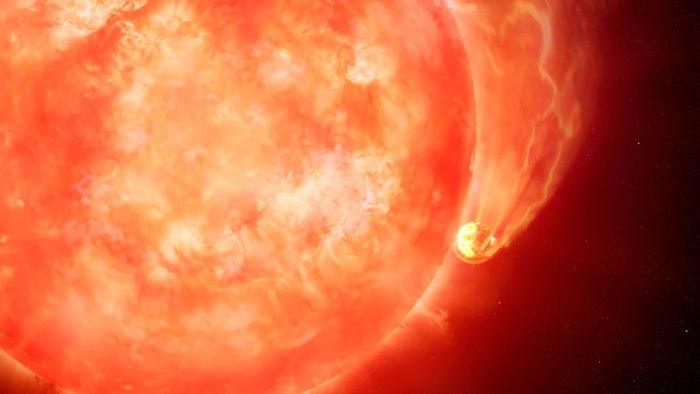One star in twelve is a devourer of planets: what reveals these aggressive 'eating habits' are their twins, that is, stars that were born from the same molecular cloud and therefore should be identical.
Instead, in 8% of the 91 pairs studied the composition of one of the two twins differs from the other, due to the fact that it fed on planets or materials from planetary forming discs.
The discovery, published in the journal Nature, is due to the research group led by the Australian Monash University and sheds new light on the study of the evolution of planetary systems.
The results were possible thanks to the large amount of data collected by the two Magellan telescopes operated by a series of American scientific institutions, by the Very Large Telescope of the European Southern Observatory and by the American Keck telescope in Hawaii.
“Thanks to this very high-precision analysis, we could see the chemical differences between twin stars,” says Fan Liu, who led the study: “This provides very strong evidence that one of the stars has engulfed planets or planetary material and this it changed the composition.”
The study is particularly interesting since the stars considered in the study are in the prime of their lives, and not in the final stages like red giants, which can engulf their nearest planets due to their expansion.
“Astronomers believed that this type of event was not possible, but from the observations of our study we can see that although the frequency is not high, it is actually possible,” comments Yuan-Sen Ting of the Australian National University, co-author of the study: “This - he adds - opens a new window to be evaluated by those who deal with the evolution of the planets”.
Reproduction reserved © Copyright ANSA

